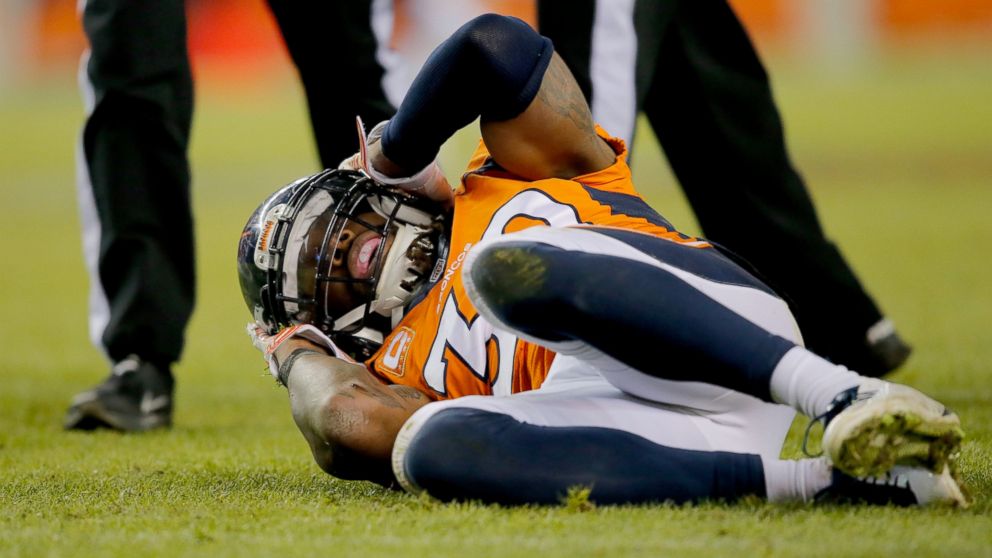NFL Concussion Data Spotlights Increase in Injuries
NFL reported increased concussions last season.

— -- The National Football League has unveiled injury data showing that concussions increased 58 percent during regular season games last season.
The information was included in overall injury data that was released by the NFL on Friday. From 2014 to 2015, the number of reported concussions rose from 115 to 182, prompting questions from doctors and coaches about whether this means concussions are on the rise or whether players are simply reporting them more often.
“The culture has changed,” said Dr. Richard Ellenbogen, neurosurgeon and co-chairman of the NFL’s Head, Neck and Spine Committee. “I see players report themselves. I see players report each other. That’s certainly new and different.”
The announcement comes in light of heightened interest in the long-term effects of head injuries and concussions. Medical experts are trying to better understand chronic-traumatic encephalopathy, or CTE, a degenerative brain disease that results in confusion, depression and, eventually, dementia. It is associated with repeated head injury and has been found in athletes as young as 17.
Ellenbogen told reporters the increased vigilance parallels what he has seen in youth sports.
“We went from seeing hundreds of student athletes to thousands,” said Ellenbogen, who also co-directs a youth sports clinic at the Seattle Children’s Hospital and the University of Washington.
Dr. Nancy Dreyer, the senior vice president of Quintiles, whose Injury and Surveillance Analytics service works with the NFL to collect this data, said on a conference call that the number of professional players called out for head and neck injuries had doubled from 2014 to 2015. In an analysis of the first 13 weeks of both seasons, Quintiles found an average of 2.8 call-downs in 2015, up from 1.4 call-downs in 2014.
Over the past several years, in the wake of several high-profile lawsuits and pressure from the media, the NFL has implemented new measures to facilitate screening and improve diagnosis, such as medical timeouts, which were introduced last year. In 2013, games were required to have unaffiliated concussion specialists on the sidelines.
More research may be warranted to determine how the 58 percent increase in reported concussions has been affected by changes in guidelines and player self-reporting, said Jeff Miller, Senior Vice President of Health and Safety Policy for the NFL. The full data set, which has not been publicly released, will be undergoing further analysis over the upcoming weeks, said Miller.
Dr. Rob Heyer, the Carolina Panthers’ team physician and the current president of the NFL Physicians Society, described a “unique phenomenon” of player self-reporting.
“During the last two years, I’ve had three players come to the training room… complaining of a mild headache,” said Heyer. “In the past, they would’ve ignored that headache.”




